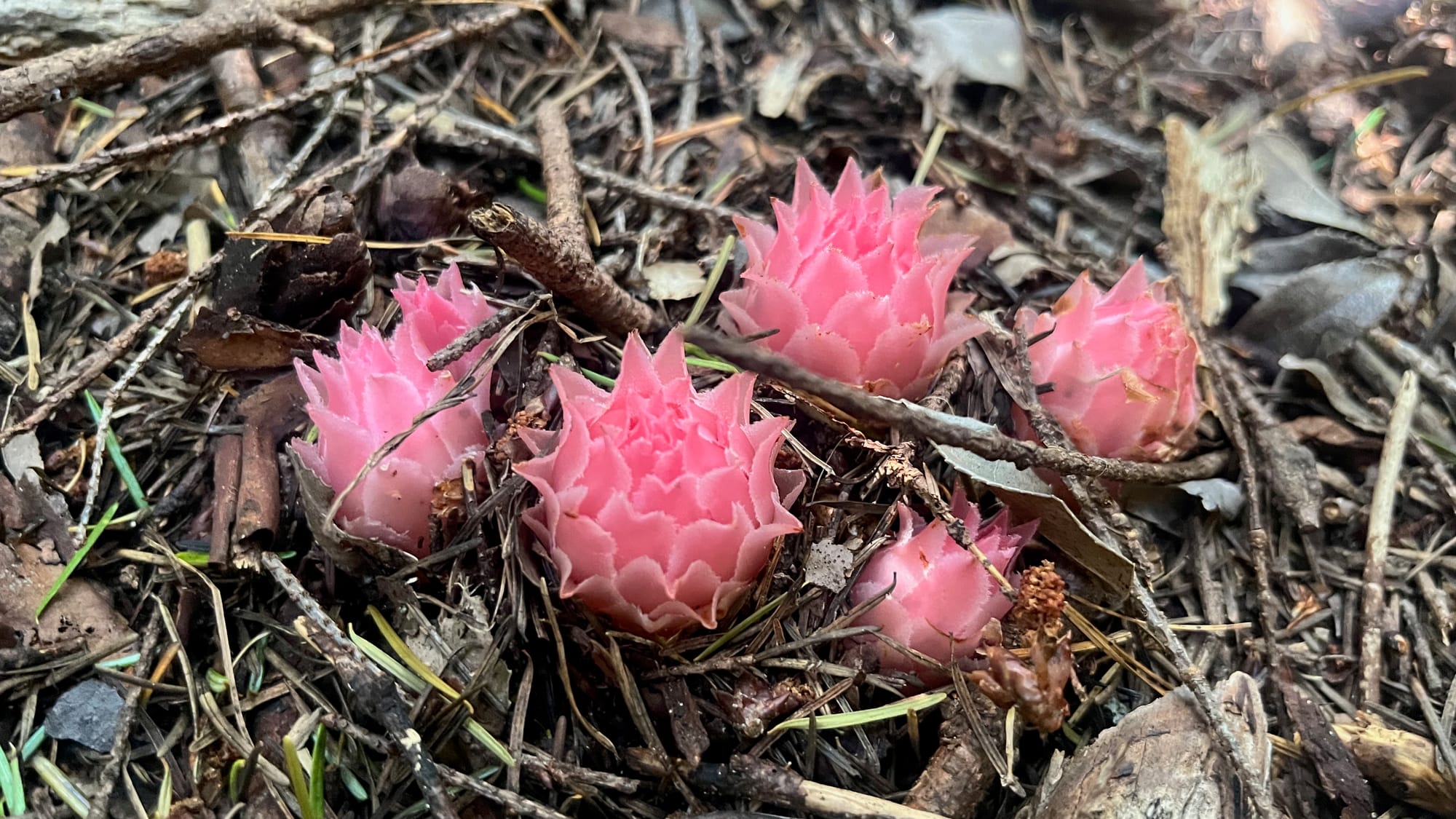Remembering Joanna Macy
The environmental activist and Buddhist scholar Joanna Macy died this month, the end of a long and generative life. Here’s a little passage from her book World as Lover, World as Self:
The strength and wisdom we need is not to be concocted on our own, but to be found in interaction—for that is how they arise, interdependently. The same is true for our goals and the visions that guide us; they, too, interdependently co-arise. New visions do not come from blueprints inside our heads, concocted by past experience and old habits of thinking, so much as from our interactions with our world and fresh sensations and perceptions. And for that we need Earth and body, the stuff out of which we are made. For these remind us that we are not brains on the end of a stick, but an organic, integral part of the web of life.
One thing I appreciated about Macy is that she never seemed satisfied with theory. She needed to know: how should we act? What can we do in intractably difficult, hate-filled, inhumane times? So if you’d like to learn more about Macy’s work—and how to apply it directly to your own—I encourage you to take this free, online “Active Hope” training based on the book she coauthored with Chris Johnstone.
Books
Creative Intelligence
I’m deeply skeptical of LLMs and related “AI” technologies, and think people should not use them. However, a lot of folks I work with have been made to, like it or not. Bosses are looking for returns on their investments—returns that don’t exist, and won’t. So the pressure is on.
If you are being required to demonstrate use of LLMs at work but want to do this in as considered and thoughtful a way as humanly possible, give Greg Storey’s new book Creative Intelligence a shot. Greg will even get you started with a free chapter.
Designing and Facilitating Workshops with Intentionality
I found this new book from Dr. Tolu Noah helpful in filling in the middle spaces between (a) having a grab bag of facilitation methods on hand, and (b) knowing how to design and run professional learning workshops skillfully.
Newer facilitators will benefit from the practical advice about gluing together methods, approaches, etc., to get to the outcomes they have in mind. And more experienced folks will find something interesting and insightful in the mix. Personally, I appreciated the discussion of ten traits that facilitators can demonstrate to produce the right kind of tone in a workshop setting.
The burning, flowering chair
I leave you today with two passages from two books giving different—yet similar—ways of looking at a wooden chair and seeing what is ‘inside’.
First, from Thich Nhat Hanh’s The Other Shore:
The word interbeing was born while I was leading a retreat at Tassajara Zen Center in the mountains of California in the 1980s. I was teaching about emptiness and I did not have a sheet of paper with me to illustrate the point, so I used an empty wooden chair. I invited everyone to look carefully into the chair to see the presence of the forest, the sunshine, the rain, and the clouds. I explained that the chair was not subject to birth and death, nor could it be described in terms of being or nonbeing. I asked them whether there was a word in French or English that could describe how the chair existed along with all the other non-chair elements. I asked if the word ‘togetherness’ would do. Somebody said that it sounded strange, so I suggested the word ‘interbeing.’
And second, from Rob Burbea’s Seeing That Frees:
A thing is ‘empty’ of its seemingly real, independent existence. And all things are this way, are empty. This voidness is what is also sometimes termed the ultimate truth or reality of things. To illustrate this and begin to get a hint of what it means we could consider a wooden chair thrown onto a big fire. The chair begins to burn, then gradually deform and fall apart, slowly turning to ashes. At what point exactly is it no longer a chair? Is it not the mind perceiving and conceiving of it one way or another that determines whether it is ‘a chair’ at a certain moment in time after catching fire? Its chair-ness is given by the mind, and does not reside in it independently of the mind. The lack of an inherently existing ‘official’ time when it stops ‘being a chair’ points to a certain emptiness, its lack of inherent chair-ness.
Both of these visions of a chair bring me comfort, and their juxtaposition makes me smile. I hope you can keep at least one of them with you and remember it next time you notice a wooden chair.
